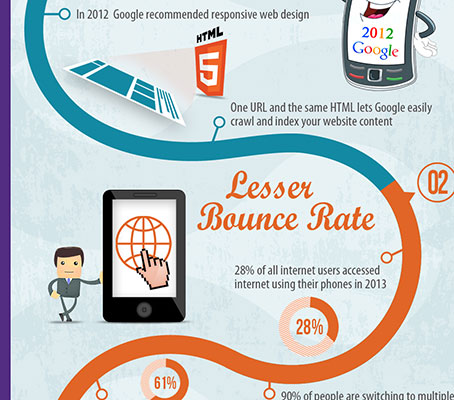The Development Of Web Site Layout: From Past To Present
The Development Of Web Site Layout: From Past To Present
Blog Article
Post Created By-Hartley Clarke
In the past, web sites were straightforward and concentrated on details. Navigation was direct, and design was for desktops. Currently, user experience is crucial. Data overviews designs for very easy navigation. Responsive designs suit different tools. Today, dark setting minimizes strain, and minimalist menus boost navigating. Interactive functions involve customers, and strong visuals stand out. AI assimilation enhances interaction. See how layout has developed to improve your online journey.
Early Days of Website Design
In the early days of website design, simplicity reigned supreme. Websites were fundamental, with limited shades, font styles, and layouts. The focus got on offering details instead of showy visuals. Users accessed the web through slow-moving dial-up connections, so rate and performance were essential.
Navigation menus were straightforward, commonly located at the top or side of the web page. Sites were designed for home computer, as mobile surfing wasn't yet common. Material was king, and designers focused on simple readability over intricate layout components.
HTML was the key coding language used, and designers had to work within its constraints. Animations and interactive functions were very little compared to today's requirements. Internet sites were static, with little vibrant content or individualized user experiences.
Rise of User-Focused Layout
With the development of internet site style, a shift in the direction of user-focused layout concepts has become progressively prominent. Today, creating websites that prioritize customer experience is critical for engaging site visitors and attaining organization goals. User-focused layout includes comprehending the demands, choices, and habits of your target audience to customize the web site's design, material, and features as necessary.
Developers currently conduct complete research, such as user studies and usability testing, to collect insights and comments directly from users. This data-driven approach aids in producing instinctive navigating, clear calls-to-action, and aesthetically appealing user interfaces that resonate with visitors. By placing the individual at the facility of the style process, sites can provide a more tailored and pleasurable experience.
Responsive style has likewise become a crucial element of user-focused style, making sure that sites are enhanced for different tools and screen dimensions. This adaptability enhances ease of access and functionality, catering to the diverse ways users connect with websites today. Essentially, the increase of user-focused style signifies a shift in the direction of developing electronic experiences that prioritize the demands and assumptions of completion customer.
Modern Trends in Web Design
Discover the most up to date trends forming website design today. One popular fad is dark mode layout, providing a sleek and modern-day look while reducing eye pressure in low-light settings. One more crucial pattern is minimal navigation, streamlining food selections and boosting customer experience by concentrating on essential elements. Including micro-interactions, such as animated switches or scrolling effects, can develop an extra engaging and interactive web site. Responsive design continues to be important, making certain smooth individual experiences throughout various devices. Furthermore, making use of bold typography and unbalanced layouts can add aesthetic passion and draw attention to certain material.
Incorporating AI innovation, like chatbots for customer assistance or tailored suggestions, enhances individual involvement and simplifies processes. https://itbrief.com.au/story/martech-experts-reveal-the-buzz-on-personalisation has likewise end up being a significant trend, with designers prioritizing comprehensive design practices to accommodate varied user needs. Embracing sustainability by enhancing website efficiency for rate and performance is another emerging fad in website design. Collaborating with user feedback and information analytics to iterate and boost design constantly is important for remaining pertinent in the ever-evolving electronic landscape. By welcoming these contemporary fads, you can create an aesthetically appealing, easy to use site that reverberates with your target market.
Verdict
As you assess the development of website layout from the very early days to currently, you can see just how user-focused style has come to be the driving force behind modern-day patterns.
Welcome the trip of adjustment and adaptation in web design, constantly maintaining the user experience at the leading edge.
Remain current with the latest patterns and modern technologies, and never ever quit progressing your approach to develop visually stunning and straightforward sites.
Evolve, adapt, and develop - the future of web design remains in your hands.
